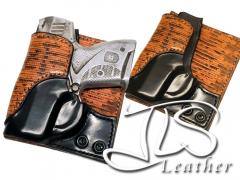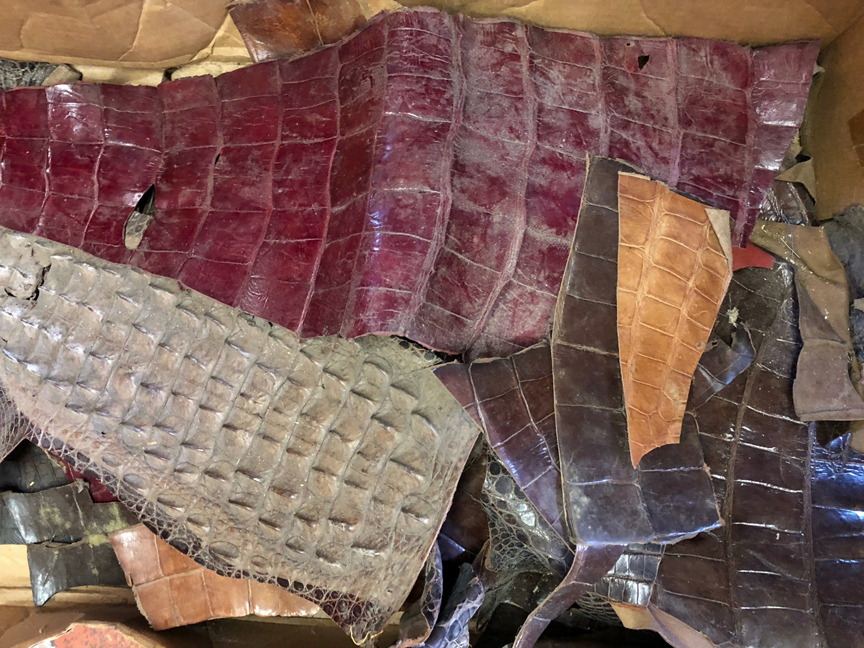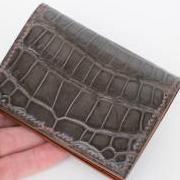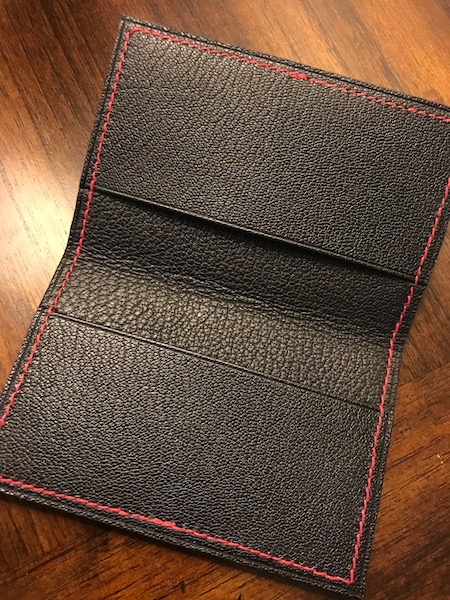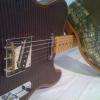Search the Community
Showing results for tags 'lizard'.
-
Hi, Just want to say I have learned so much from this group and I’m really grateful for it. I have a leather handbag start-up. Most of my bags are made with lizard (some with snake and alligator tail). Do you have any exotic skin suppliers internationally or in the States? I have found some in Asia for significantly less but they don’t have CITES documentation. In the states, I’m familiar with Roje, Panam, Columbia Impex. Love their skins I’m just trying to find something a little lower— I understand why the price is higher. I thought about buying bleached skins and dyeing myself but that seems tricky! Any suggestions would be much appreciated Thank you!
-
From the album: Seriously ...
Bullpup pocket holster accented with this lizard hide with a bit of a digital camo look - definitely like to find more of this skin ...© 2020 JLS Leather
-
- pocket holster
- lizard
-
(and 1 more)
Tagged with:
-
I closed my handbag business a few years ago, and find I still have a lot of stuff hanging around. I'm not asking much for it- just don't want it to go to the dump! What I have includes a pile of lizard skins, turkey feet, cowboy boot tops, some 1940s alligator pieces, sting rays, and more that I will find as I dig it all out. I can post some photos if there's some interest... Here's a photo of what I made with the boot tops, so you can see what they are like. I have about 30 pounds of them
- 11 replies
-
- turkey feet
- lizard
- (and 4 more)
-
Does anyone know if the lizard, ostrich, alligator remnants on sale on the online outlet store real or fake. They do also have a "genuine caiman flank" for sale, I just didn't know since the other remnants don't say genuine. Thanks
-
Hi folks, I found myself with some free time and can’t really say why but I caught this bug to work with exotic leathers. We just finished a new section of our house and I’d like to do something special for the den area. I'm thinking of wrapping or trimming a flatscreen TV frame in some type of exotic leather - either ostrich, lizard, alligator or python to give you a better idea. My brother happens to own a TV store in Arizona so luckily I’ll have a few TVs to learn on which I am sure I will need! I may also at some point do some other projects with the skins, but for now the TV is just something I’d like to focus on.. Any ideas or suggestions for what sewing machine I should buy? Again, I see myself likely doing more projects in the future with exotic skins - so buying a sewing machine that costs more than it would to have it made by a pro is a nonissue. My concerns are that I’ve never seen something like this before and sewing on a TV obviously near the screen and on top of the plastic… I imagine I would use a layer of cowhide under the exotics. Hoping to get some good advice from the fine experts on this forum and anyone else who wants to chime in. Tell me what you think.. thanks ya'll Buck
-
Hi all, Here is a hunter knife I made nearly twenty years ago with a truck shock absorber leaf for the blade - heated and clamped on a flat surface until it cooled down to remove the curve, Cocobolo wood for the handle, and bronze from the local metal scrap dealer with some bits of stainless steel for the pommel and the guard. It is fully hand made but the use of an angle grinder at the beginning to roughly remove stock before using files. This was the first and only knife I ever made. I made the sheath with leather that I molded the same way I used when working in the disability field in developing countries to make the sockets of the prosthesis (I worked as a technical trainer with NGO's). The leather is sunk in a bucket of water, and once it is totally soaked it is regularly twisted, bent, knead, trampled, tortured , etc. (the inflicted torments to soften the leather is only limited by your imagination - as long as they do not damage it! ), until it becomes elastic, therefore moldable. Usually this procedure is over a period of approximately 18 to 24 hours but it depends on the quality of leather. The leather is then stretched over an exact wooden model of the knife blade and maintained in place with 2 to 3 cm wide rubber bands cut from inner tubes to let it dry. Once nearly dry the rubber bands are removed and the fiber of the leather, which must still be wet at this stage, is tightened back through rubbing it thoroughly with a smooth piece of wood (for instance the handle of a hammer). This rubbing operation removes also the remaining water. Once fully dry the leather that took the shape of the mold is hard and can be covered. If I have time I'll shot a video to be posted on YouTube one of these days. I covered it with snake skin (yellowish and black) that I brought back from the Philippines - I didn't met its first owner, thus I don't know which brand of snake this was, lizard skin (light brown), and even a bit of fish skin (the disk on top of the front part sheath), luckily without the smell. The rest of the sheath is a piece of plastic (rigid while elastic) covered with white lizard, and blue lamb skin for the fringes and other smaller parts. Front and back parts are hand sewn together, but as you can imagine I had to drill holes on a drill press - no chance using an awl for such a thickness unless you are Hulk or Superman . You can see more realizations on my website (www.crafts-design.com) but I'll soon post some of them - with explications about the making-of as a bonus when possible, at least those concerning leather work, on this forum. And I will also post soon an introduction about stitching clamps I make I intend to market - I have first to translate it from French. Fred
- 6 replies
-
- molded leather
- snake
-
(and 4 more)
Tagged with:



